Stingrays Girls do Pilates.
It was fantastic to have the Stingrays Girls Squad at Be Your Best this morning for a Pilates session. Thanks to all of the parents for giving up their Sunday morning!
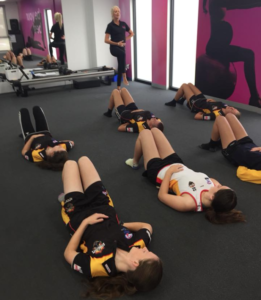
Morgan Mitchell comes to Be Your Best!
We were honoured to have an Olympian at Be Your Best today! Track athlete, Morgan Mitchell, had a massage with our Sports Massage Therapist, Rosie. We wish Morgan the best with her training & upcoming events!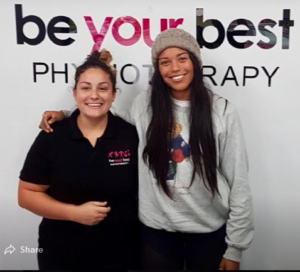

AFL Rookie Draft
Another congratulations to Dandenong Stingrays player Tom Murphy who was added to North Melbournes list as Pick 4 in the Rookie draft.
Dandenong Stingrays players get drafted!
A huge congratulations to the 5 Dandenong Stingrays players drafted to an AFL club Friday night. 
Pick 4 (North Melbourne): Luke Davies-Uniake
Pick 7 (St Kilda): Hunter Clark
Pick 11 (GWS): Aiden Bonar
Pick 30 (Carlton): Tom DeKoning
Pick 35 (St Kilda) Oscar Clavarino
Grand Opening
Thank you to everyone who helped to celebrate the grand opening of our new clinic today.  We were very lucky to have Adam Treloar, AFL star from Collingwood Football Club & Jude Perera MP, attend. Thanks so much for everyone’s support & best wishes
We were very lucky to have Adam Treloar, AFL star from Collingwood Football Club & Jude Perera MP, attend. Thanks so much for everyone’s support & best wishes 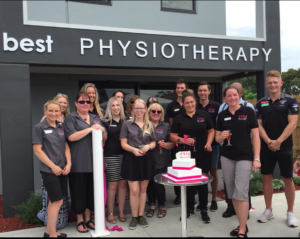 – much appreciated!
– much appreciated!
The Treatable Headache!
Headaches are common and most of us will suffer with one at some stage in life. Headaches can be debilitating, affecting your quality of life and disrupt the performance of our daily activities.
Not all headaches are the same and an accurate diagnosis is required to ensure the optimum management and treatment of each individual presentation. One type of headache, the “Cervicogenic headache” can be treated by our qualified Physiotherapists at Be Your Best Physiotherapist.
WHAT ARE THE COMMON SYMPTOMS OF A CERVICOGENIC HEADACHE?
- Pain in the neck, base of the skull, behind the eyes, the temple or the top of the head.
- Pain following a sustained or repeated posture (eg. slumping forwards)
- Pain may also be associated with pain in shoulders or arms
Be Your Best Physiotherapists can assess your neck and confirm if it is the source of your headache. The goal of headache management is to confirm your diagnosis, provide hands-on treatment and develop an exercise program to keep you headache free.
Hands on Physiotherapy treatment may include:
- Massage
- Joint mobilisation and stretching
- Taping
- Dry needling
If you are suffering with a headache and are unsure of its cause, make an appointment with one of our experienced Physiotherapists at Be Your Best Physiotherapy.
Do you have pain on the outside of your hip?
Often pain on the outside of the hip (lateral hip pain) can start gradually, with no incident. Because of this, people often get diagnosed with having hip arthritis although this may not always be the cause of symptoms. Lateral hip pain can make activities such as prolonged standing, lying on your side, work or exercise unbearable.
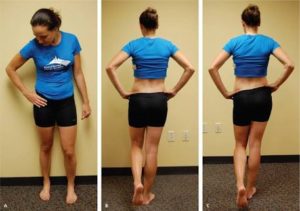
There are three common areas that could be causing hip pain:
Lower back: Structures such as intervertebral discs, facet joints, or nerve impingement can all cause lateral hip pain.
Sacroiliac Joint: This is the joint where your back connects to the pelvis (the sacrum to the ilium). There are many conditions that can effect this joint such as instability (ligament laxity), osteoarthritis or the inflammatory rheumatoid arthritis..
Tendons: Many of the gluteal muscles have attachments to the lateral hip. With poor gluteal control and strength these tendons are compromised and can suffer from an overloading condition known as a tendinopathy. Tendinopathies in the hip are often misdiagnosed as bursitis, although bursitis is often something that is a result of the poor tendon condition. Many people will have a cortisone into the bursa to settle any inflammation but be dismayed when their pain doesn’t go away!
So what can be done?
All of the Physios here at Be Your Best have had a lot of experience with each of these common causes of pain on the side of the hip. In your appointment, you will be thoroughly assessed to determine the cause of your symptoms. If the cause of your symptoms can be conservatively managed, your physio will provide hands-on massage treatment, strengthening, gait re-education and footwear & lifestyle advice. You will take an active role in your recovery as our experience tells us this will make your recovery quicker and more likely to work in the long run!
If your condition can’t be managed by Physio alone, we will be refer you for scans or to a specialist for an opinion, if necessary.
What is a Pilates Trapeze table?
When we move to our new premises, we will be adding Pilates Trapeze tables to our Reformer Pilates classes. 
The “traps” table, is said to initially have been created by Joseph Pilates so that bed-bound patients had the ability to exercise using springs and straps.
The most challenging aspect of the traps table is its orientation. Due to the way it is constructed, most of the exercises performed on the table are done with very light spring resistance, instead utilising gravity and body weight. Because of this, good core activation and balance is a must!
Although similar to the benefits of reformer pilates, the traps table allows greater range of movement through strengthening exercises and its benefits include:
• core stability
• spine mobility
• increased upper body strength
• shoulder and scapular stability
• posture correction
• improved coordination
• increased balance
We look forward to adding the challenge of the Traps tables to our classes!
Frequently Asked Pilates Questions
Pilates is a style of exercise named after its creator – Joseph Pilates. The idea behind Pilates is to create more stability through the body – that is, making core muscles stronger through working more efficiently. This is different to the type of training done at a gym which is called rigidity training – increasing strength and power.
What are your core muscles & Why improve them?
These are comprised of transversus abdominus and multifidus and when working well, they will improve the stability of the trunk which then improves how the rest of your body moves. This improves your performance of daily activities and sports performance and reduces your injury risk.
Why do Be Your Best Physios remind Pilates participants to choose easier options in class?
In Pilates, your core muscles should work below their maximum effort. People often fall into the trap of over activating their core muscles and recruiting other accessory muscles to perform harder exercises – but this does not improve core stability efficiency. By choosing easier exercises, performed perfectly, there is a greater improvement in core control.
What is clinical Pilates versus the Pilates that is offered at my local gym? 
Clinical Pilates is taken by a Pilates-trained physiotherapist whereas other variations of Pilates can be taken by someone who has completed a course. Because of this, clinical Pilates can be completed by people with a wide range of injuries as our Physios understand how the body moves, what movements can make injuries worse, and what movements will help you get better.
Clinical Pilates is also completed on a Pilates reformer; the advantage of this is that the reformer can be used to make exercises easier or harder – that’s why here at Be Your Best, we are able to take pregnant and post- natal women as well as people recovering from injuries in our classes!
How is yoga different?
Yoga is a type of exercise derived from traditional Indian and Himalayan practices. There are many different types of yoga, and each teacher will have their own style too. Hatha, Bikram (hot yoga), Vinyasa, Power and Ashtanga are the most common styles. We believe it works on the theory that the body, breath and mind need to work in union to create feelings of happiness, self-awareness and health.
Most yoga styles focus on improving flexibility and not as focused on improving core control. Therefore, if you have an injury or deficiencies in muscle strength, Pilates may be the better form of exercise to begin with. In you are wanting to improve your flexibility and create a strong connection between mind and body, yoga may be best.
Often people who consider themselves very flexible, however have aches and pains, and suffer from a condition called Joint Hypermobility Syndrome. This means your ligaments and connective tissues stretch more than average which can put more strain on your joints. People with Joint Hypermobility need to be very careful completing yoga as it may exacerbate symptoms, if performed poorly. If you are unsure of whether you have this condition, book an appointment with any of our physiotherapists and we can assess and address any concerns you may have.
OFFICIAL BE YOUR BEST FACEBOOK
We have a new official Facebook page with our latest news and information about our Physiotherapy services and classes. Got to: www.facebook.com/beyourbestphysiotherapy/
COMING SOON: Keep an eye on our Facebook page to see last minute Pilates class available spots (when our regular clients are unable to attend).


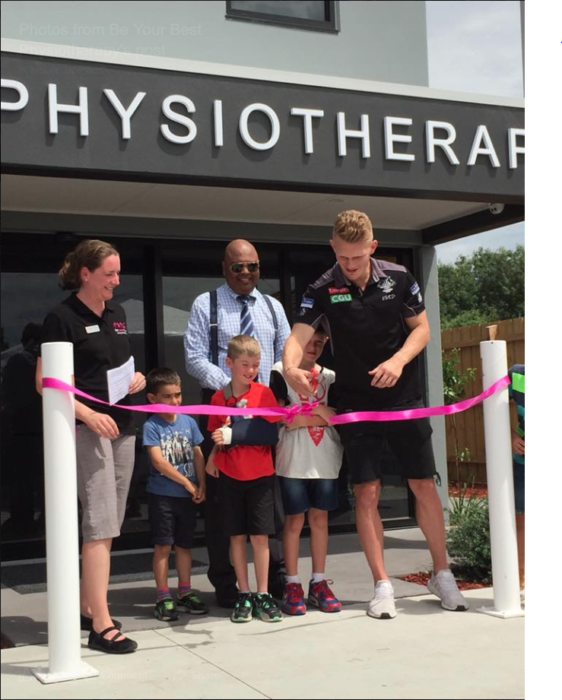

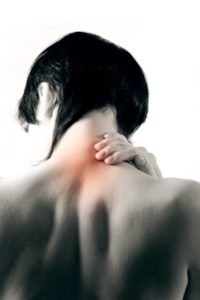

Recent Comments